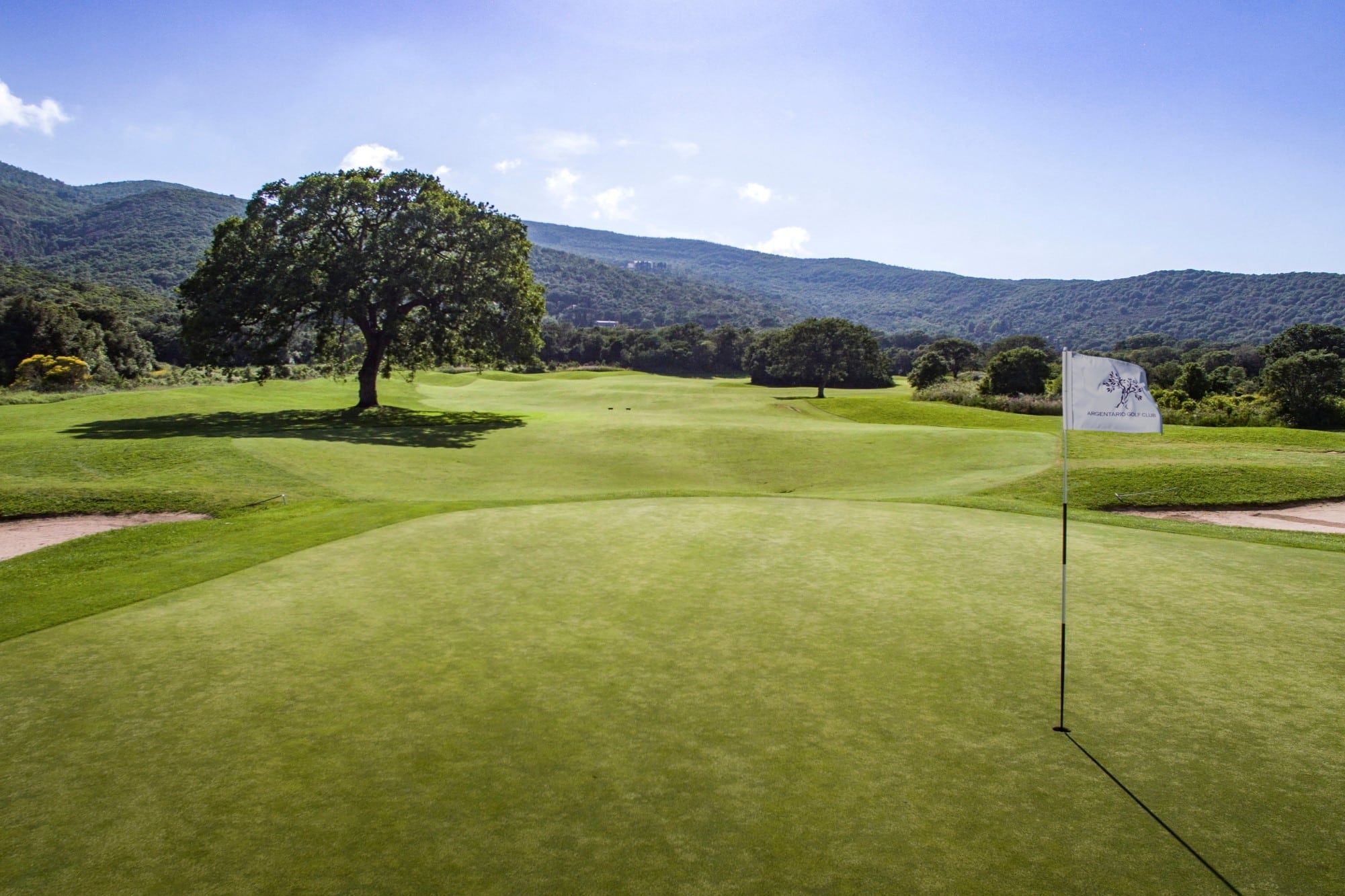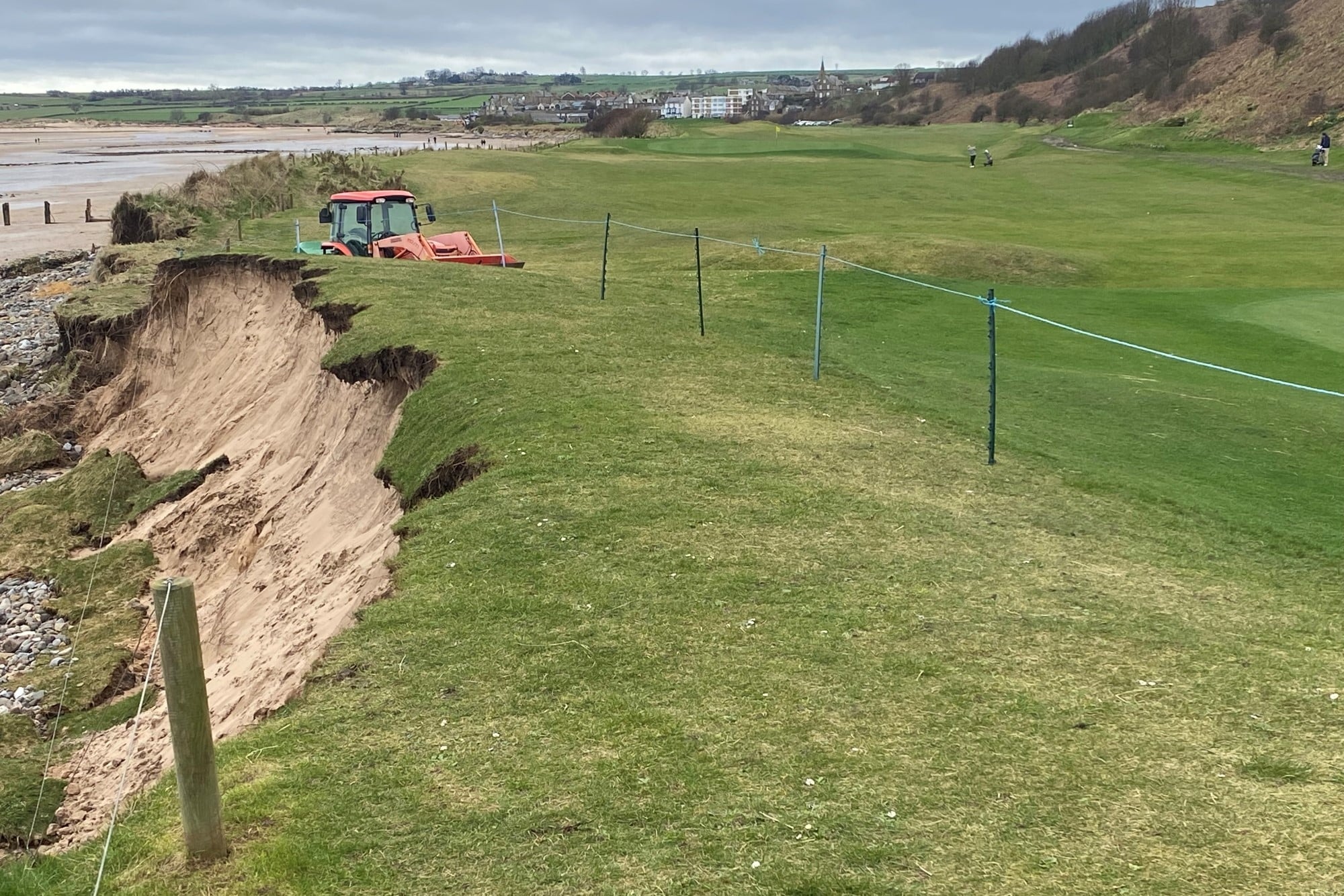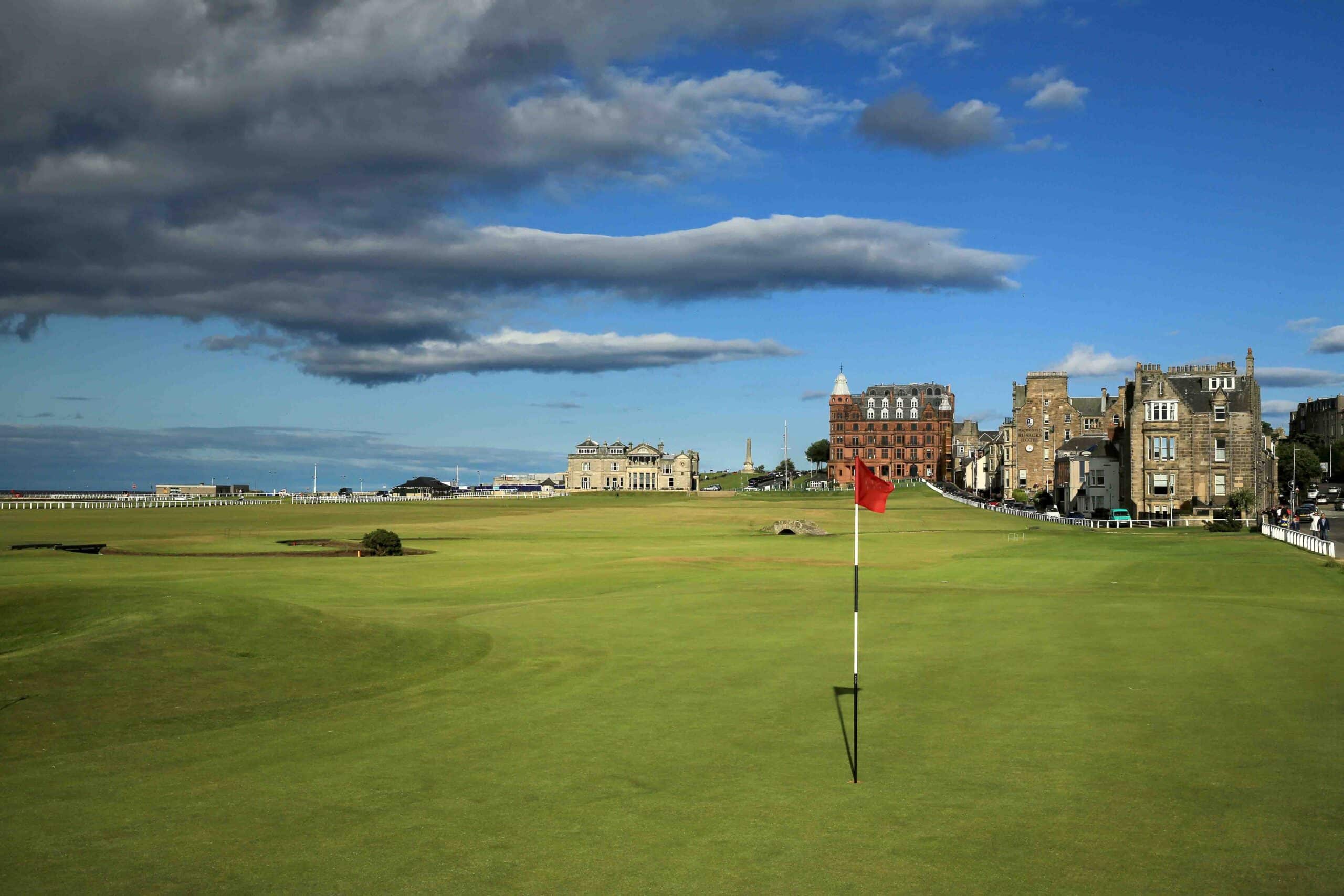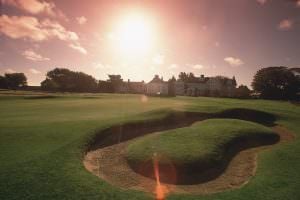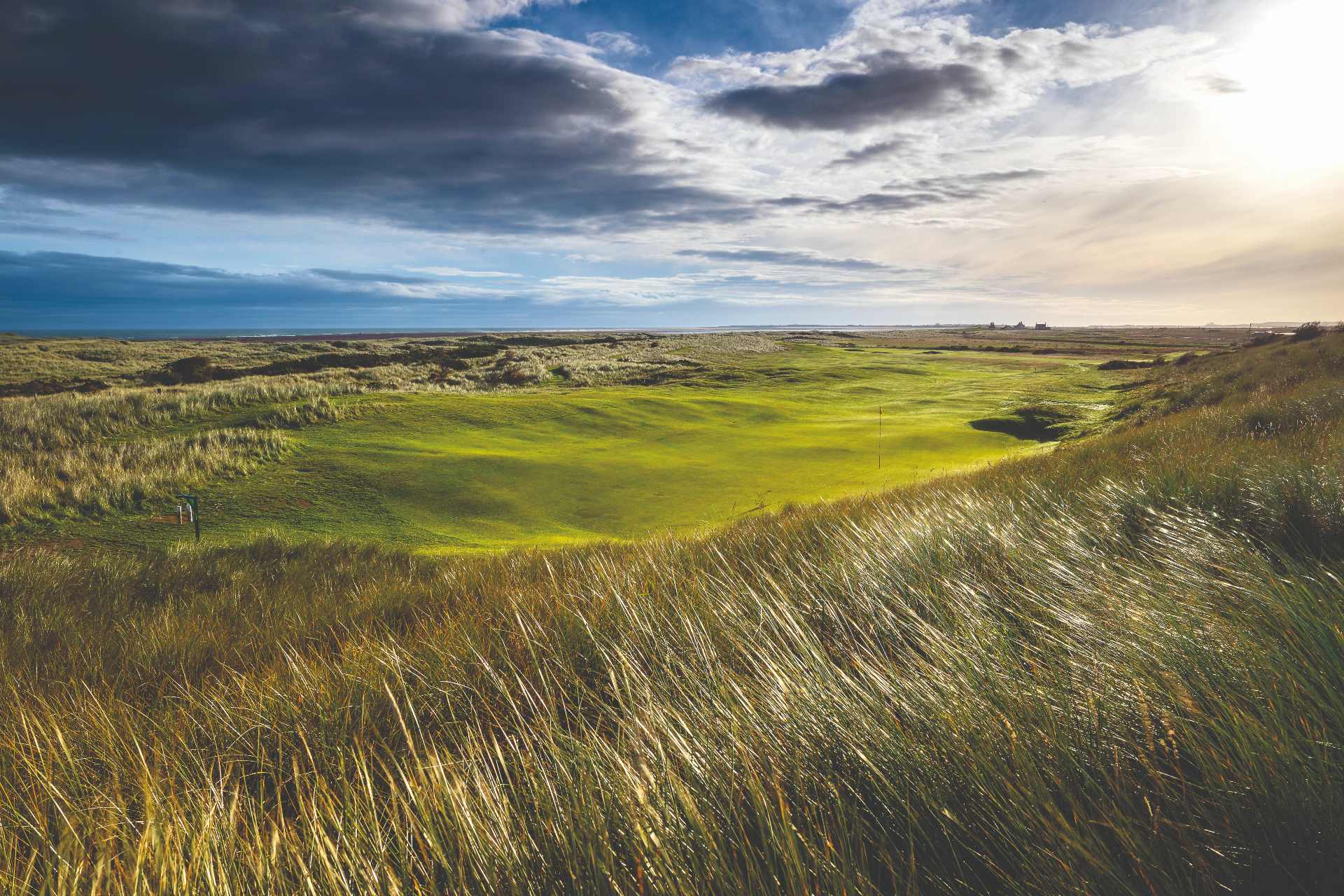
This club is famous for… being the oldest ‘playing course’ in the world
Golf. It’s pretty old.
The first recorded mention in Scotland, generally considered to be the home of the game as we know it, appears in a 1457 Act of Scottish Parliament.
It was a different world back then and King James II was something of a killjoy. Gowf and futball were said to be distracting archers from practising and was outlawed.
What’s the big deal, I hear you ask?
Well, when life consisted of a routine of attack and defend with those south of the border, clearly you needed to be able to hit a target rather than put a ball in a small hole.
Golf was regarded as an “unprofitable sport” and new bans were imposed. But it did not go away.
The sport continued to thrive, which led me to think: Which is the oldest played course still in existence.
You would immediately think of St Andrews but you, surprisingly, would be wrong.
It is the Old Course, at Musselburgh Links.
Mary Queen of Scots, before she was imprisoned and executed by Elizabeth I, is thought to have enjoyed a round at the East Lothian course in 1567.
But the first written confirmation of golf being played at Musselburgh – or anywhere for that instance – came just over a century later.
In the Account Book of Sir John Foulis of Ravelston, is the following entry for March 2, 1672…
2 March 1672 – For 3 golfe balls 0 152 0
Lost at golfe at Musselburgh wt Gosfoord, Lyon etc, 3 05 0
For a horse htyre thither, 0 18 0
Musselburgh brand themselves ‘The World’s Oldest Golf Course’ and, if you’ve ever been to cheer on the nags at the racecourse, you’ll be aware how it looks and plays.
The two sporting arenas are intertwined and there’s even a local rule applying to balls that land in hoofprints.
The layout was originally seven holes. What is now the 1st – The Short Hole – was added in 1832 and the full 9 holes were established in 1870.

Musselburgh hosted six Open Championships between 1874 and 1889 but, aside from its venerable age, the course has had one further extremely important impact on the game.
Next time you just miss a putt, wag an accusing finger their way.
The four and a quarter inch diameter hole we all play to now, and which became standard during the 19th century, just happened to be the size of the tool used to cut the holes at Musselburgh.
In 1893, it was declared the mandatory size by the R&A.
Click here for the full ‘This Club Is Famous For’ archive
Steve Carroll

A journalist for 25 years, Steve has been immersed in club golf for almost as long. A former club captain, he has passed the Level 3 Rules of Golf exam with distinction having attended the R&A's prestigious Tournament Administrators and Referees Seminar.
Steve has officiated at a host of high-profile tournaments, including Open Regional Qualifying, PGA Fourball Championship, English Men's Senior Amateur, and the North of England Amateur Championship. In 2023, he made his international debut as part of the team that refereed England vs Switzerland U16 girls.
A part of NCG's Top 100s panel, Steve has a particular love of links golf and is frantically trying to restore his single-figure handicap. He currently floats at around 11.
Steve plays at Close House, in Newcastle, and York GC, where he is a member of the club's matches and competitions committee and referees the annual 36-hole scratch York Rose Bowl.
Having studied history at Newcastle University, he became a journalist having passed his NTCJ exams at Darlington College of Technology.
What's in Steve's bag: TaylorMade Stealth 2 driver, 3-wood, and hybrids; TaylorMade Stealth 2 irons; TaylorMade Hi-Toe, Ping ChipR, Sik Putter.



